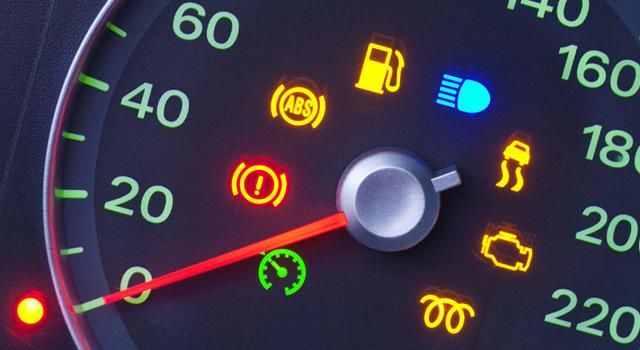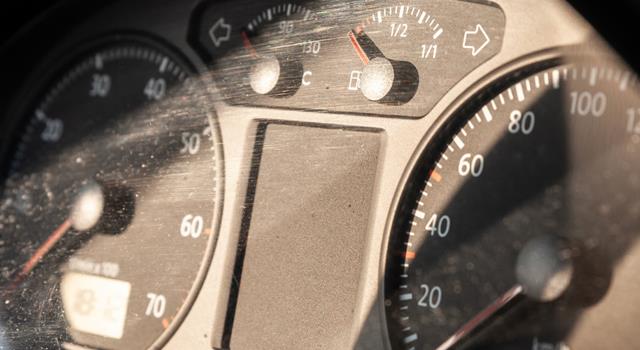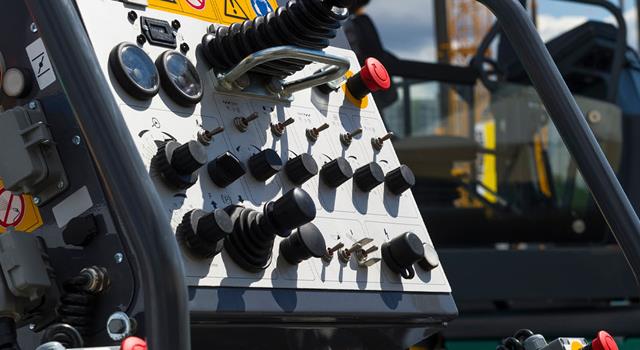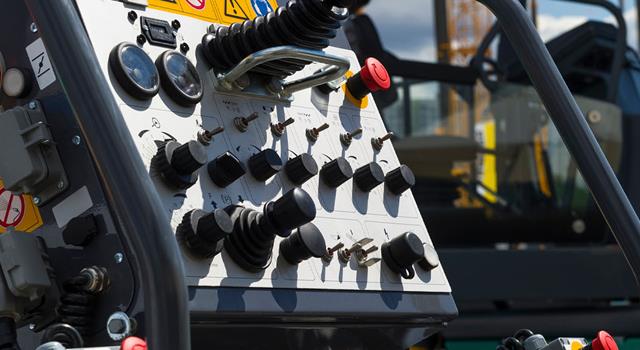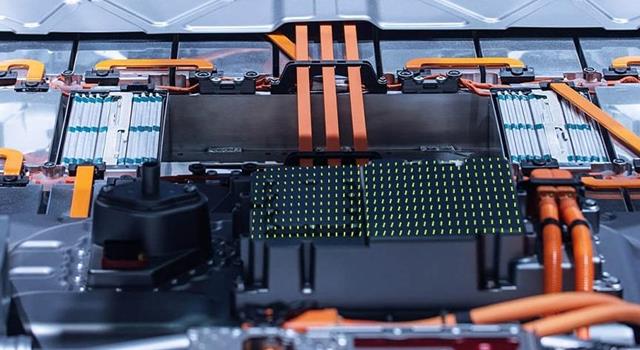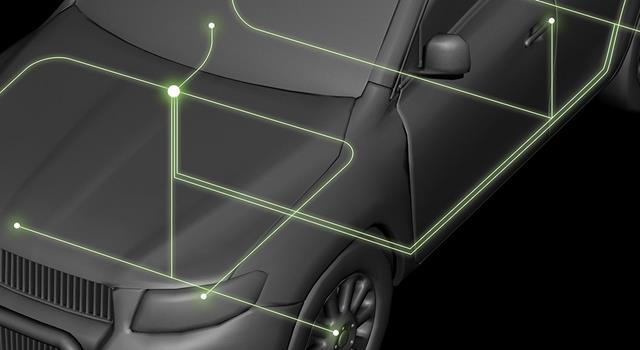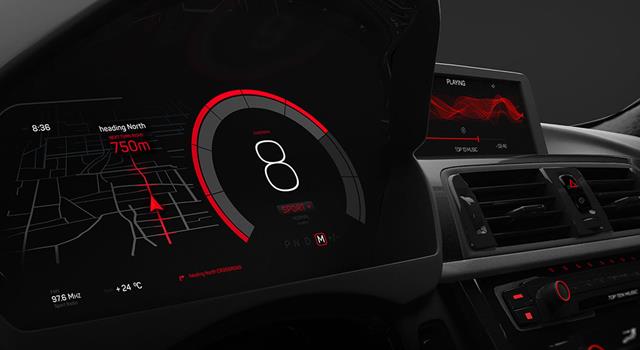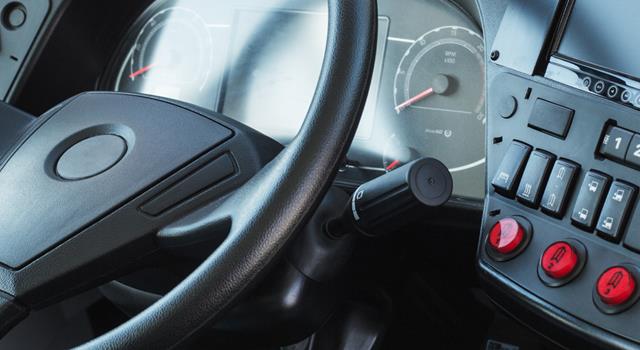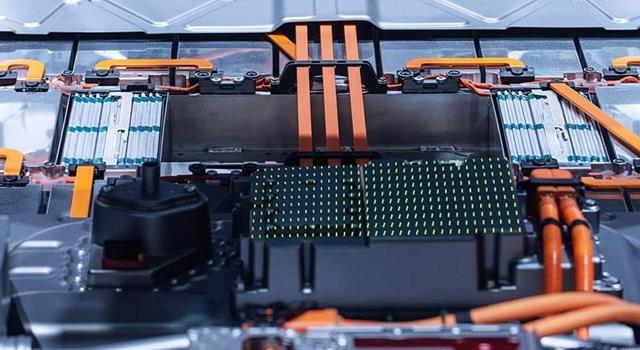Dashboard warning lights serve as crucial indicators, providing drivers with essential information about the health and performance of their vehicles. While some warning lights may indicate minor issues that can be addressed at a later time, others signal more serious problems that require immediate attention. In this blog post, we will discuss three dashboard warning lights that necessitate stopping your vehicle as soon as it is safe to do so.
- Engine Temperature Warning Light:
The engine temperature warning light typically appears as a thermometer icon or a temperature gauge, often accompanied by the word "TEMP" or "HOT." This light indicates that your engine is overheating, which can lead to severe damage if not addressed promptly. Overheating can be caused by a variety of issues, including low coolant levels, a malfunctioning thermostat, or a damaged water pump.
If the engine temperature warning light comes on, it is crucial to stop your vehicle as soon as it is safe to do so. Allow the engine to cool down for at least 30 minutes before attempting to diagnose the issue or adding coolant. It is also advisable to consult a professional mechanic to determine the underlying cause of the problem and prevent potential damage to your engine.
- Oil Pressure Warning Light:
The oil pressure warning light typically appears as an oil can icon, sometimes accompanied by the word "OIL" or "PRESS." This light indicates that your engine has insufficient oil pressure, which can result in severe engine damage due to inadequate lubrication. Low oil pressure can be caused by various factors, such as a low oil level, a failing oil pump, or a blocked oil filter.
If the oil pressure warning light comes on, stop your vehicle immediately in a safe location and turn off the engine. Check the oil level and top it off if necessary. If the light persists after adding oil, consult a professional mechanic before driving the vehicle any further. Driving with low oil pressure can lead to catastrophic engine damage.
- Brake System Warning Light:
The brake system warning light typically appears as an exclamation mark inside a circle or a "P" symbol with an exclamation mark, indicating a problem with your vehicle's braking system. This warning light may signal issues ranging from low brake fluid to more serious concerns like a malfunctioning anti-lock brake system (ABS) or a failing master cylinder.
If the brake system warning light comes on while driving, it is essential to stop your vehicle as soon as it is safe to do so. Driving with compromised brakes can put you and other road users at significant risk. Once stopped, check the brake fluid level and consult your owner's manual for further guidance. If the issue is not resolved, seek professional help from a mechanic to diagnose and repair the problem before resuming driving.
Dashboard warning lights provide crucial information about the health of your vehicle. While some indicators signal minor issues that can be addressed at a later time, others, like the engine temperature, oil pressure, and brake system warning lights, require immediate action to prevent serious damage or accidents. By understanding the importance of these warning lights and reacting promptly, you can keep your vehicle running safely and efficiently while protecting yourself and others on the road.






